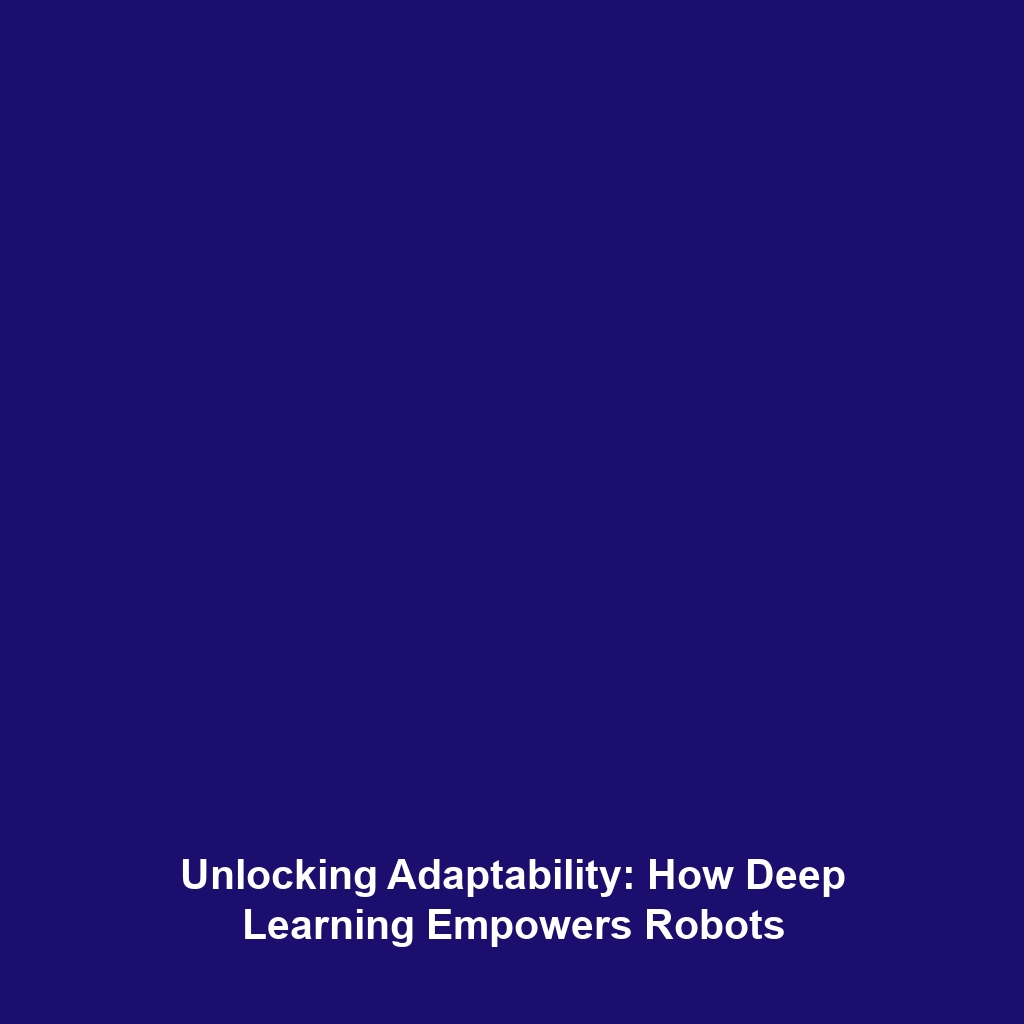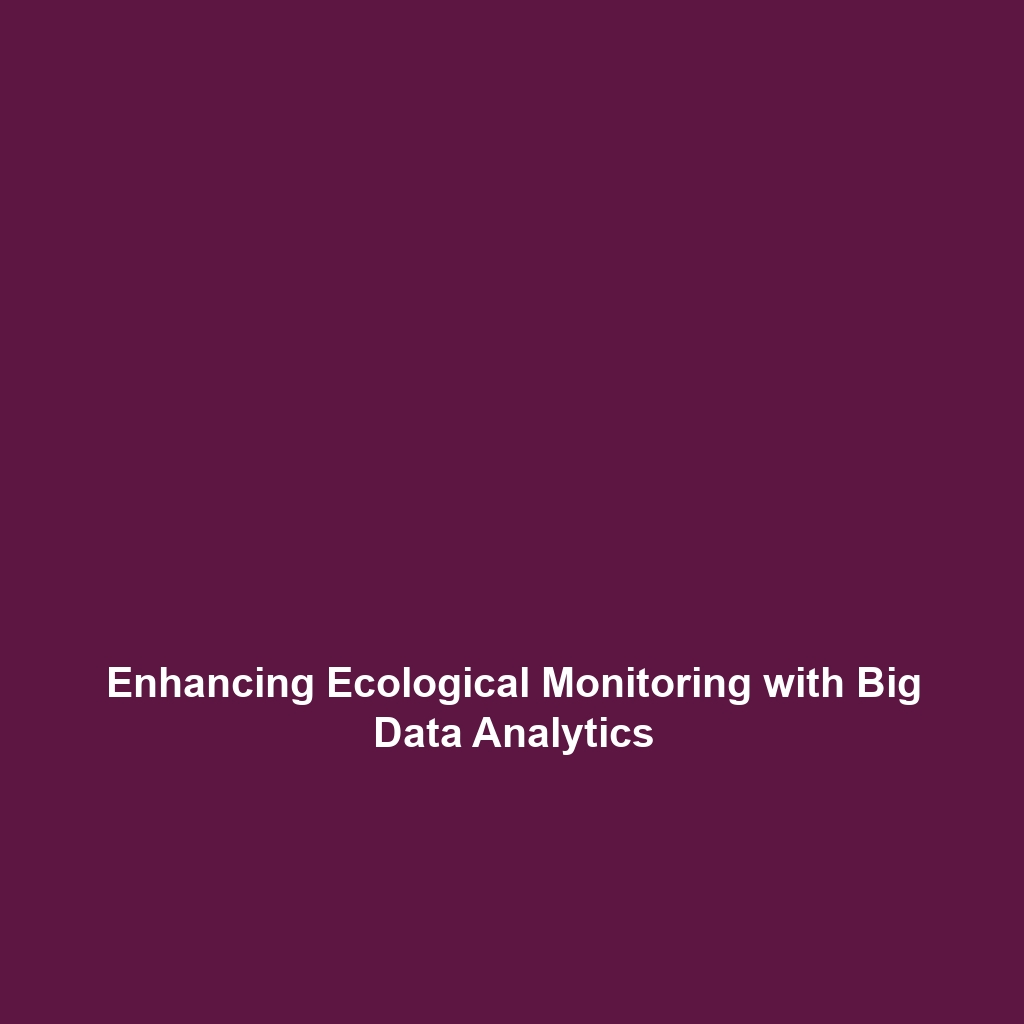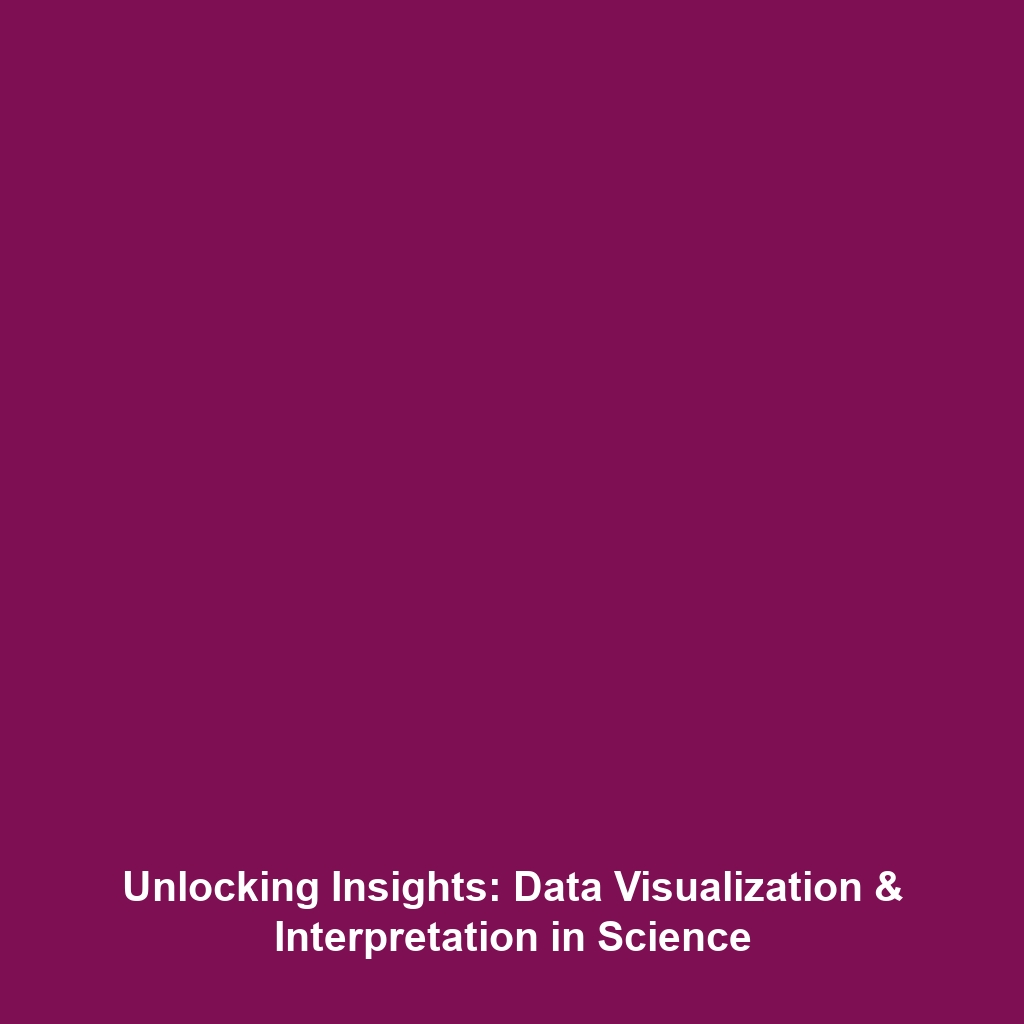Research into Algorithms that Allow Robots to Collaborate and Communicate Effectively
Introduction
The advancement of autonomous robots hinges on the development of sophisticated algorithms that facilitate collaboration and communication. In an era where robots are integrated into various sectors, understanding these algorithms is crucial. Effective collaboration among autonomous robots not only enhances operational efficiency but also expands their capabilities in complex environments. This article explores the significance of research into algorithms that enable robots to communicate and work together, highlighting its relevance within the broader context of autonomous robots.
Key Concepts
Fundamentals of Collaborative Algorithms
Algorithms facilitating robot collaboration revolve around principles such as:
- Consensus Mechanisms: Techniques that allow robots to agree on the state of their environment.
- Multi-Agent Systems: Models that define interactions among robots to achieve collective objectives.
- Communication Protocols: Standards that govern data exchange to ensure clear and effective messaging.
Overall, these concepts form the backbone of the research into algorithms that allow robots to collaborate and communicate effectively, directly aligning with the field of autonomous robots.
Applications and Real-World Uses
The applications of research into collaborative algorithms in autonomous robots are transformative. Here are several notable implementations:
- Agriculture: Autonomous drones utilize communication algorithms to coordinate crop monitoring, resulting in better yield management.
- Warehouse Management: Robots work together to optimize inventory handling through real-time data sharing to reduce operational costs.
- Disaster Response: Autonomous robots in emergency scenarios collaborate to navigate hazardous environments, sharing critical information for rescue operations.
These examples illustrate how research into algorithms that allow robots to collaborate and communicate effectively is utilized in the realm of autonomous robots.
Current Challenges
While promising, several challenges impede the full realization of collaborative algorithms in autonomous robots:
- Integration complexities due to varying communication standards.
- Scalability issues when increasing the number of collaborating robots.
- Security concerns regarding data privacy and access during robot communication.
Understanding these challenges of research into algorithms for collaborative communication will assist in addressing issues in the sphere of autonomous robots.
Future Research and Innovations
Looking toward the future, research in this field is poised for exciting breakthroughs. Innovations in artificial intelligence and machine learning are paving the way for enhanced autonomous systems. Potential advancements include:
- Decentralized learning models that enable robots to adapt to new tasks dynamically.
- Enhanced communication protocols allowing for seamless data exchange in real-time.
- Improved security measures to safeguard communication from potential threats.
Such developments will significantly impact the future of autonomous robots and their collaborative capabilities.
Conclusion
Research into algorithms that allow robots to collaborate and communicate effectively is critical for the advancement of autonomous robots. As this field evolves, it promises to unlock new possibilities across various industries. Stakeholders and researchers are encouraged to engage with ongoing innovations to drive the development of more capable and intelligent robotic systems. For further reading, explore our articles on robotics research and autonomous systems.








